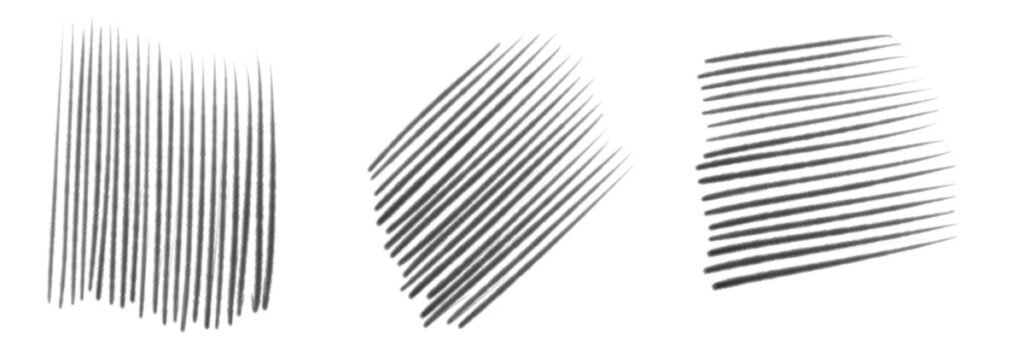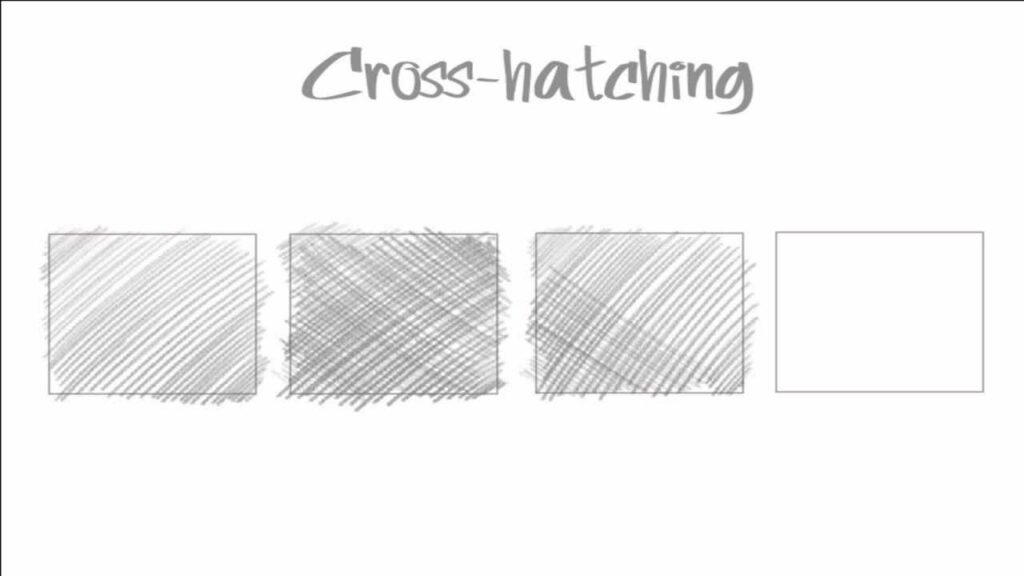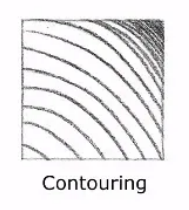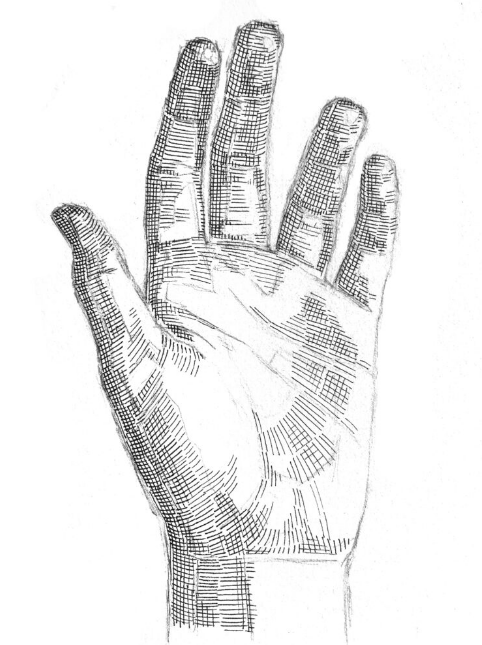Hatching techniques are essential tools for artists, allowing them to create value, texture, and the illusion of depth with nothing more than lines. By varying the direction, density, and overlap of lines, artists can add dimension and drama to their work—especially in mediums where blending is not possible, like pen and ink.
What Is Hatching?
Hatching is the use of closely spaced lines to create tonal or shading effects in drawing. The thickness, spacing, and quantity of these lines directly influence how light or dark a section appears and help to emphasize forms, creating a sense of volume and three-dimensionality. Hatching is more than just filling space; it’s a strategic, expressive technique that helps artists convey information about light, texture, and shape.
The Three Main Hatching Methods
1. Parallel Hatching

Parallel hatching is the simplest and most fundamental hatching technique. It consists of drawing a series of straight, parallel lines at a certain angle near one another. The more closely the lines are spaced and the thicker they are, the darker the area will appear.
- Use: Parallel hatching is ideal for creating even shading and subtle changes in tone. It’s often used to establish background values, build up texture, and add depth without distracting from the subject. By changing the angle or length of the lines, artists can adapt to the form or movement within the drawing.
2. Cross Hatching

Cross hatching involves overlapping two or more sets of parallel lines drawn at different angles. Typically, a second set is drawn perpendicular to the first, but lines can also intersect at various angles depending on the look and depth desired.
- Use: Cross hatching is particularly effective for achieving darker values, strong contrasts, and a wide range of textures. It’s used to describe light and shadow more intricately and is great for dramatic chiaroscuro effects. Artists may also use cross hatching to create different textures within the same drawing.
3. Contour Hatching

Contour hatching is a method where the hatch lines follow the contours or curves of the subject rather than being strictly straight or parallel. The lines wrap around the object, mimicking its three-dimensional form.
- Use: This technique excels at enhancing the sense of volume and the illusion of three-dimensionality. By wrapping the lines around curves, artists can better suggest the form and movement of a figure or object, making the drawing feel more lifelike and dynamic.
Why Use Hatching in Drawing?
Hatching unlocks multiple expressive possibilities for artists:
- Creating value and shading: By adjusting the density and thickness of lines, artists can control highlights and shadows, crafting a full range of tones.
- Building texture and atmosphere: Hatching can simulate roughness, softness, or smoothness, and even hint at the atmospheric qualities within a scene.
- Suggesting movement and rhythm: The direction and flow of hatching lines can guide the viewer’s eye and imply movement.
- Emphasizing form and structure: Especially in contour hatching, the technique helps to reveal the underlying shapes and planes of a subject, enhancing realism.
Combining Techniques
Artists frequently mix parallel, cross, and contour hatching within a single drawing to maximize effect—using parallel hatching for subtle shadows, cross hatching for deeper darks, and contour hatching to describe complex forms. Choosing the right technique often depends on the subject, the medium, and the desired emotional or visual impact.

In summary:
Mastering the art of hatching equips artists with a powerful toolkit for creating visually compelling and technically proficient work—turning simple lines into rich, dimensional drawings that capture attention and imagination.
- https://en.wikipedia.org/wiki/Hatching
- https://www.artistsnetwork.com/art-mediums/drawing/the-how-and-why-of-hatching/
- https://bingedrawing.com/techniques/types-of-hatching/
- https://www.craftsy.com/post/hatching-and-cross-hatching
- https://thevirtualinstructor.com/hatchingcrosshatching.html
- https://www.lovelifedrawing.com/hatching/
- https://www.scribd.com/doc/293608730/Parallel-Hatching
- https://paintbasket.com/cross-hatching-for-beginners/
- https://www1.udel.edu/artfoundations/drawing/crosshatch.html
- https://thepostmansknock.com/the-beginners-guide-to-crosshatching/
- https://www.erikalancaster.com/art-blog/guide-to-shading-techniques-hatching-cross-hatching-scribbling-and-others
- https://www.youtube.com/watch?v=cSHXjiq_fyc
- https://johnmuirlaws.com/hatching-and-crosshatching-technique/
- https://www.youtube.com/watch?v=LJ0sMpyBKn4
- https://www.pinterest.com/ideas/contour-hatching-drawing/954099654128/
- https://www.youtube.com/watch?v=TsWZWrB8Q0A
- https://www.youtube.com/watch?v=qCqGc4BA0bI
- https://www.youtube.com/watch?v=n98dJzfZHxo
- https://www.freepik.com/free-photos-vectors/contour-hatching
- https://www.bbc.co.uk/bitesize/articles/zn6w239
